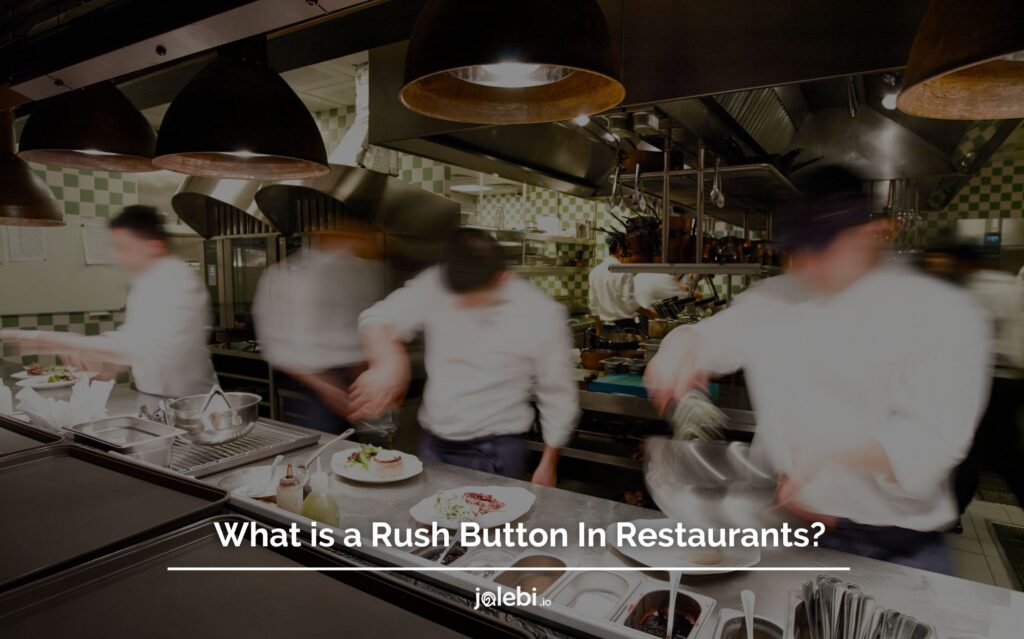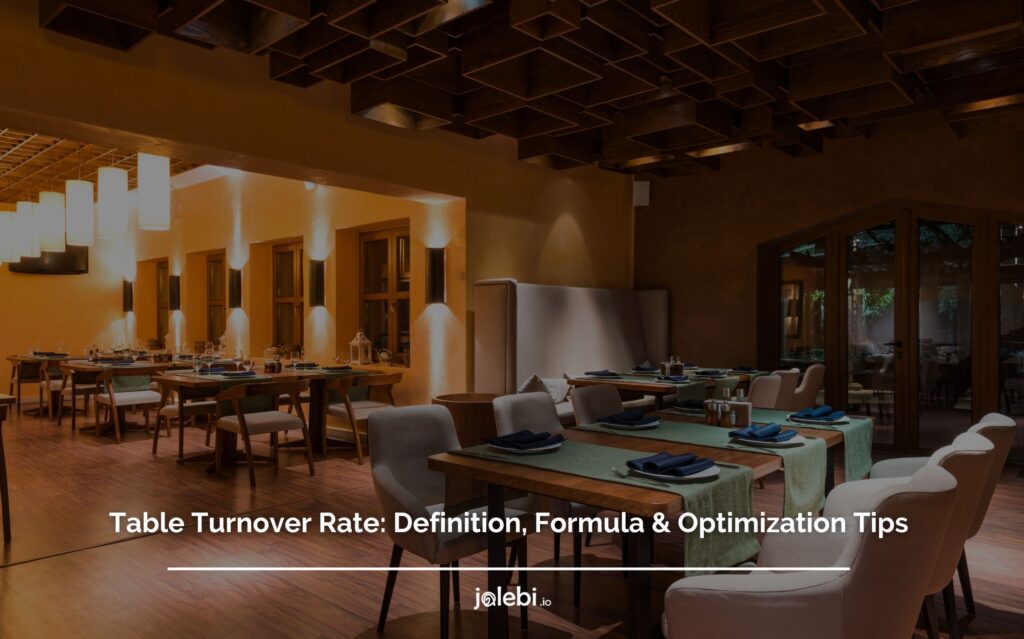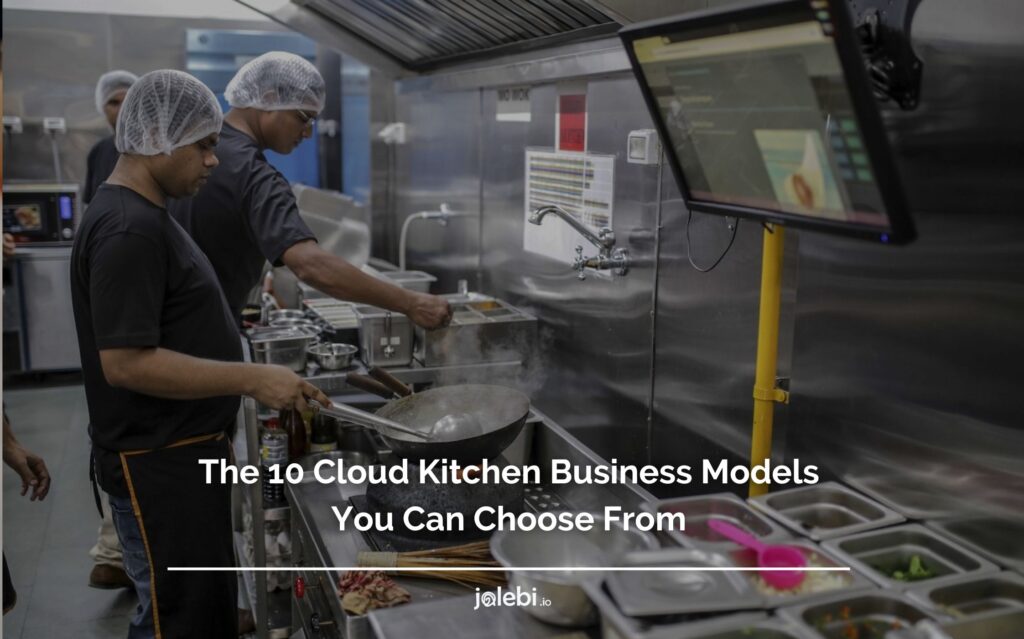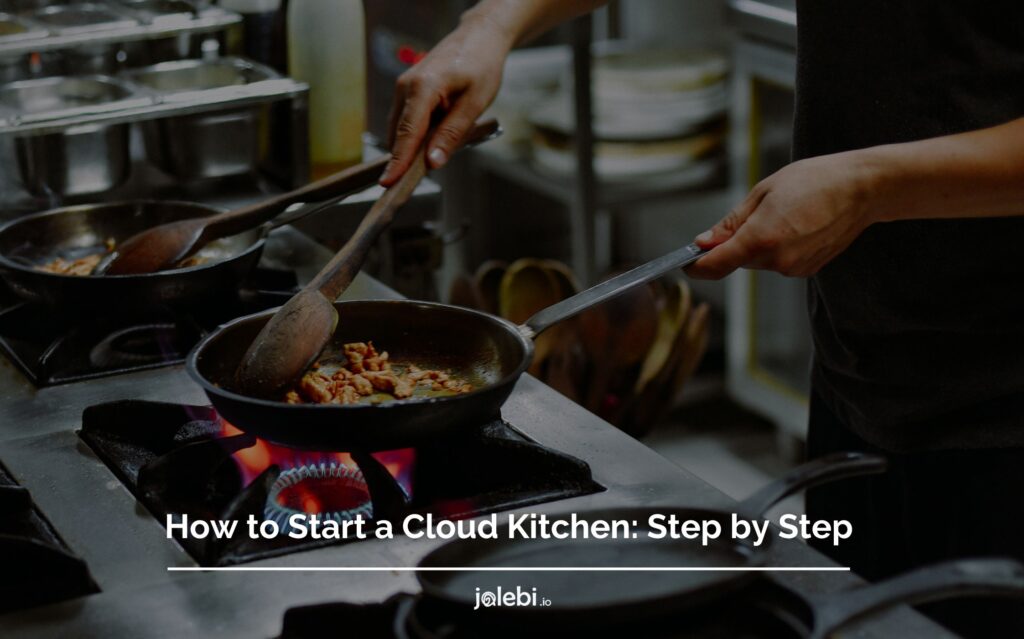Table of Contents
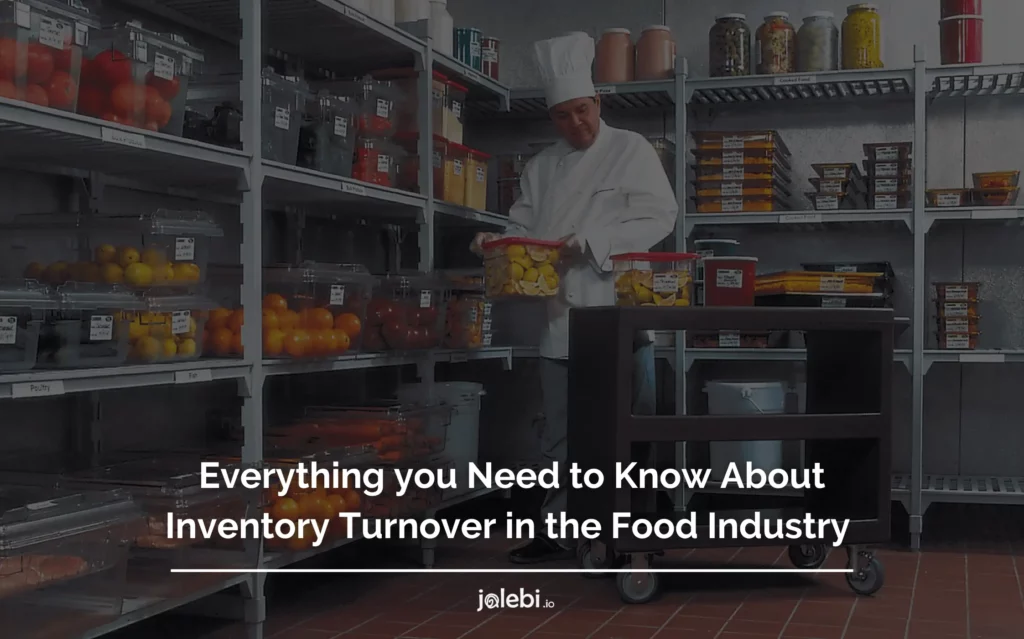
In 2023, the food service industry in Saudi Arabia was valued at USD 12.57 billion.
It is estimated that this market will expand from USD 14.16 billion in 2023 to reach USD 30.47 billion by 2029, with an anticipated CAGR of 11.57% over the 2023-2029 timeframe.
In restaurant business, it’s often said that you can’t manage what you don’t measure.Thus, inventory turnover measure is a crucial way to manage your business.
The turnover of inventory turnover measure is one of the most important metrics for any business. I It tells you how much money you’re making from your inventory, and whether or not it’s worth keeping on hand.
But what is inventory turnover, and why is it important for restaurants?
In this article, we’ll explain everything you need to know about inventory turnover in the food industry.
We’ll also provide tips on how to improve your turnover rate, and why it’s such a vital metric for businesses of all sizes. Read on to learn more!
What Is Inventory Turnover Meaning?
Surprisingly, 43% of small businesses neglect to monitor their inventory which increases the overall operational costs.
Inventory turnover meaning refers to the number of times a company sells and replaces its inventory within a specific period of time which is usually a year for most industries.
It is important that every business understands the inventory turnover meaning as it helps them measure the efficiency with which they are managing their inventory.
A higher inventory turnover meaning is that a business is selling its goods quickly that signals strong sales or effective inventory management, while a low turnover might imply weak sales or possibly overstocked items.
Therefore, the inventory turnover meaning provides insights into a company’s operational and financial efficiency with respect to its inventory.
What is Inventory Turnover Measure?

Inventory turnover measure is the number of times an item or items in inventory are sold during a specific period. It’s an important metric because it tells you how much money your business is making from its inventory.
What Is An Inventory Turnover Calculator?
An inventory turnover calculator is a tool used to evaluate how efficiently a business manages its inventory.
By determining the inventory turnover ratio, an inventory turnover calculator provides insights into how often a company sells and replaces its stock over a specified period, typically a year.
The main purpose of the inventory turnover calculator is to measure a business’s operational efficiency regarding its stock management.
When using an inventory turnover calculator, businesses input their Cost of Goods Sold (COGS) and average inventory during the period in question.
Inventory Turnover Calculation Formula
So if you are wondering how to calculate inventory turnover rate, simply put the values in the inventory turnover calculation formula.
Inventory Turnover Calcuation Formula= Cost of goods sold/Average value of the inventory.
There are several ways which you can adopt if you want to understand how to calculate inventory using an inventory turnover rate calculator, but the most common inventory turnover formula is to divide net sales by average inventory (or total assets).
This food inventory turnover calculation formula gives you an indication of how quickly your business is generating income from its assets.
Today many businesses that wonder how to calculate inventory turnover rate leverage the inventory turnover rate calculator or inventory turnover calculation formula to calculate their turnover rate.
If your goal is to increase profits, then improving your inventory turnover rate should be at the top of your list.
By reducing stock levels and making more merchandise available for sale, you will increase revenue and decrease expenses overall.
Therefore it is important to understand how to calculate inventory ratio to have an insight on your inventory management.
Why is Inventory Turnover Ratio Important?
Now that you know how to calculate inventory turnover ratio, keep in mind that inventory turnover is a measure of how efficiently a company is using its inventory.
By consistently and accurately managing inventory, a business could boost its yearly profits by up to 24%.
Now that you have enough information on how to calculate inventory turnover ratio, let us understand the importance of inventory turnover ratio.
A high turnover indicates that the company is selling its inventory quickly and efficiently, while a low ratio indicates that the company is not selling its inventory as quickly as it could be.
There are a few reasons why the inventory turnover ratio is important for a restaurant.
- If your restaurant has a high turnover, you are likely able to free up cash that would otherwise be tied up in inventory. This is because each time an item is sold, the restaurant gets paid for it and doesn’t have to pay for the cost of storing or carrying the item.
- It’s important to keep your inventory turnover ratio as high as possible to minimize the risk of your products becoming obsolete or damaged, which can lead to wasted resources and lost revenue.
- A higher ratio keeps the restaurant’s warehouse from becoming overcrowded. Overcrowding in a warehouse can have several negative effects, including decreased efficiency and productivity, increased safety hazards, and higher storage costs.
In summary, inventory turnover is an important metric because it allows restaurants to free up cash, minimize risk, and keep their warehouses from becoming overcrowded.
What’s a Good Turnover Ratio for Inventory?
A good turnover ratio for a restaurant is typically between 4 and 8. This means that for every dollar of inventory on hand, the restaurant is generating between four and eight dollars in sales.
A higher turnover ratio indicates that the restaurant is selling through its inventory more quickly, which can be an indication of strong demand from customers.
Ten Tips On How To Improve Inventory Turnover
Inventory turnover is one of the key metrics that businesses use to measure their success. It’s important to keep your inventory levels low because when it’s gone, it’s gone – there’s no getting it back.
Wondering how to improve inventory turnover?
In this section, we provide you with ten tips that will help you improve your inventory turnover. From streamlining your inventory processes to boosting your sales pipeline, these tips will help you get your turnover levels up in no time!
1- Keep Track of Inventory
Inventory is an important part of restaurant back of house operations.
If you’re wondering how to improve inventory turnover, it is essential to know the position of an inventory item in the product life cycle to maintain an optimal turnover ratio. The four main stages of a product’s life cycle are introduction, growth, maturity, and decline. Each stage has different characteristics which can impact turnover.
For example, during the introduction stage, products are typically new to the market and customers may be unaware of them.
As a result, demand is usually low and turnover is typically slow. However, as products move into the growth stage, demand begins to increase as more people become aware of them.
This results in a higher turnover rate as more inventory is sold. Conversely, during the maturity stage, demand begins to plateau or even decline as saturation sets in.
This can lead to lower turnover rates as inventory builds up and fewer items are sold.
Finally, during the decline stage, demand continues to fall and turnover decreases even further. Therefore, it is important to monitor where products are in their life cycles to manage turnover effectively.
2- Improve Forecasting
If you want to keep your inventory turnover high, you need to improve your forecasting.
Many businesses make the mistake of stocking too much inventory, which ties up capital and can lead to losses if the products don’t sell.
An accurate forecast will help you determine how much inventory you need to keep on hand to meet customer demand without overstocking.
With jalebi.io’s restaurant management system, you can access insightful analytics to predict the right demand and maintain the right levels of inventory for your restaurant.
3- Never Store in Bulk
If you want to learn how to improve inventory turnover, reorder smartly rather than storing products in bulk.
This means that you should order products based on customer demand, rather than purchasing large quantities of products and hoping that customers will purchase them.
By ordering smaller quantities more frequently, you can avoid having excess inventory that doesn’t sell and tie up your capital.
Are you aiming to keep your inventory turnover high?
jalebi.io’s restaurant management system can help you do that by integrating your inventory with the menu and keeping track of inventory in real time.
That way, you’ll always know what you need to restock and when, and you can avoid overstocking or running out of items.
4- Focus on Redistribution
Restauranters that aim to keep their inventory turnover high need to focus on inventory redistribution amongst various branches of their restaurant.
By redistributing inventory among different parts of the business, you can ensure that the right supplies are available at all times and that no part of the company is overstocked.
This will help to reduce waste and simplify decision-making – both important factors in an efficient operation.
If you’re looking to improve your restaurant’s turnover ratio, then you need to look no further than Jalebi.io. Our intelligent recipes feature can provide you with real-time insights into customer consumption, which will help you make better decisions about what dishes to serve and when.
Thus, the redistribution of ingredients according to customer demand patterns becomes a breeze.
5- Keep Prices in Check
If you’re like most businesses, your inventory turnover rate is one of your top priorities. But how can you keep the ratio high without pricing yourself out of business?
One common mistake businesses make is overpricing their menu items.
When this happens, customers tend to shy away from the restaurant and its inventory often drops in value significantly. This reduces inventory turnover and ultimately lowers profits.
Instead, aim to maintain a consistent price point for each item on your menu.
This will help you attract repeat customers who will continue to bring in new inventory (and income). Additionally, keeping your menu prices low enough that it doesn’t inhibit customer traffic can also increase margins and improve profitability overall!
6. Focus On Automation
One of the ways restaurants can achieve this is by investing in a dedicated inventory management system, which can seamlessly integrate with their point-of-sale (POS) system.
The integrated system helps in accurately tracking sales and automatically updating inventory levels as items get sold.
Additionally, incorporating barcode scanning technology into their inventory process helps expedite inventory counting and reduces human errors.
7. Implement Effective Marketing Strategies
Analyzing sales data gives a restaurant invaluable insights into slower-moving items.
Restaurants can use this data to craft special promotions or limited-time offers, providing an incentive for customers to try these dishes.
Promoting these offerings across various digital platforms such as social media and email marketing can increase visibility and customer engagement.
Collaboration with local influencers or food bloggers can also be beneficial, as positive reviews and recommendations from these sources can draw in new customers.
8. Ensure Proper Food Waste Management
On average, in restaurants, 10% of food never reaches a customer’s plate due to wastage.
Effective management of food waste begins with staff training on portion control and proper food handling techniques.
Regular inventory audits help to identify items nearing expiration, which can then be prioritized in menu planning to reduce wastage.
Additionally, considering donating excess food to local charities or food banks can significantly reduce food waste while contributing positively to the community.
9. Speed Up Delivery
A strategic kitchen layout and streamlined workflow can significantly reduce preparation and cooking times, allowing for faster delivery of dishes.
Training servers to upsell and promote popular or signature dishes can also increase sales and turnover.
For restaurants offering take-out or delivery, investing in delivery management software and partnering with third-party delivery services can optimize the ordering and delivery process, providing an efficient and enjoyable experience for customers.
10. Ensure Efficient Restocking
Utilizing historical sales data and forecasting tools enables restaurants to predict future demand patterns accurately, allowing them to order the right quantities of each item.
Forming strong relationships with reliable suppliers helps to ensure timely deliveries and competitive pricing.
Restaurants can also negotiate favorable terms with suppliers, such as bulk discounts or vendor-managed inventory arrangements, leading to reduced costs and improved supply chain efficiency.
How to Pick the Right Inventory Management System for Your Restaurant?
Choosing the right inventory management system for your restaurant is crucial for efficient operations and cost management.
Here’s a step-by-step guide to help you make an informed decision when it comes to inventory management:
- Identify Specific Requirements
Before getting into the details of the multiple inventory management solutions available in the market, it’s essential to outline what you specifically need from an inventory management system.
- Do you want a system that integrates with your Point of Sale (POS)?
- Do you need mobile access to monitor inventory on-the-go?
- Are you interested in predictive analytics to anticipate future ordering needs?
By understanding your restaurant’s unique requirements, you can narrow down systems that offer these specific features and opt for a tailored and effective solution.
- User-Friendly Interface
No matter what the features of an inventory management system are, it will be of little use if your staff finds it challenging to operate.
It’s crucial to select a system that boasts a user-friendly interface.
Simplified navigation, intuitive design, and clear labelling can reduce the learning time for your team.
Remember, the quicker they can adapt to the system, the faster you can begin leveraging its benefits. Always consider getting a demo or a trial period to ensure its user-friendliness.
- Scalability and Flexibility
Your restaurant may evolve over time, expanding its operations, adding new outlets, or adding new cuisines to its menu.
Therefore your inventory management system should be capable of scaling with your growth.
It should offer the flexibility to adapt to increased inventory, additional locations, and other expansions without requiring a complete overhaul or transition to a new system.
Investing in a scalable system now can save significant time, money, and headaches in the future.
- Reliable Customer Support
Every inventory management system encounters issues or requires occasional troubleshooting.
When these situations arise, it’s crucial to have access to reliable customer support.
Whether it’s through phone, chat, or email, ensure that the system’s provider offers support services 24/7.
Moreover, consider systems that come with comprehensive training resources, tutorials, and knowledge bases.
By doing this you will not only facilitate the initial implementation but also provide value for onboarding new staff or addressing common questions.
Inventory Management Challenges Faced By Restaurants
Managing inventory effectively is vital for restaurants, as it directly impacts profitability, waste reduction, and customer satisfaction.
Here are four common inventory management challenges faced by restaurants in 2023.
- Manual Tracking
Many restaurants, especially smaller ones, still rely on manual methods for inventory management.
By opting for manual inventory tracking they often end up spending hours in inventory calculation and the results are still not error-free.
Mistakes in inventory tracking can result in over-stocking, under-stocking, or even serving expired food in the worst-case scenario.
Therefore, restaurants should implement automated inventory management systems that can help reduce these human errors.
- Inaccurate Demand Forecasting
Predicting customer demand can be challenging for restaurants.
Special occasions, holidays, local events, or even changes in weather can drastically alter demand.
Having too much inventory during low-demand periods can lead to waste while having too little during peak times can lead to missed sales opportunities and unhappy customers.
Effective forecasting and flexible inventory practices are essential to address this inventory management challenge.
- Shelf Life and Perishability Of Inventory
One of the most significant challenges for restaurants is the perishable nature of many inventory items.
Fresh produce, dairy, and meat have limited shelf lives, and if not used in time, they can spoil, leading to financial losses and potential health risks.
Therefore, it is important to ensure a balance between stocking enough items to meet demand and not overstocking to the point of waste by using careful inventory monitoring techniques.
- Inconsistent Supplier Deliveries
Restaurants partner with suppliers to obtain inventory and rely on them for timely and consistent deliveries.
Delays or inconsistencies can hinder the streamlined functioning of restaurants which leads to overstocking or understocking.
Moreover, when inventory is received in an inconsistent manner, it can affect the consistency of dishes and lead to customer dissatisfaction.
Building strong relationships with trustworthy suppliers and having backup options is crucial to deal with this challenge.
Partner With jalebi.io’s Restaurant Management System
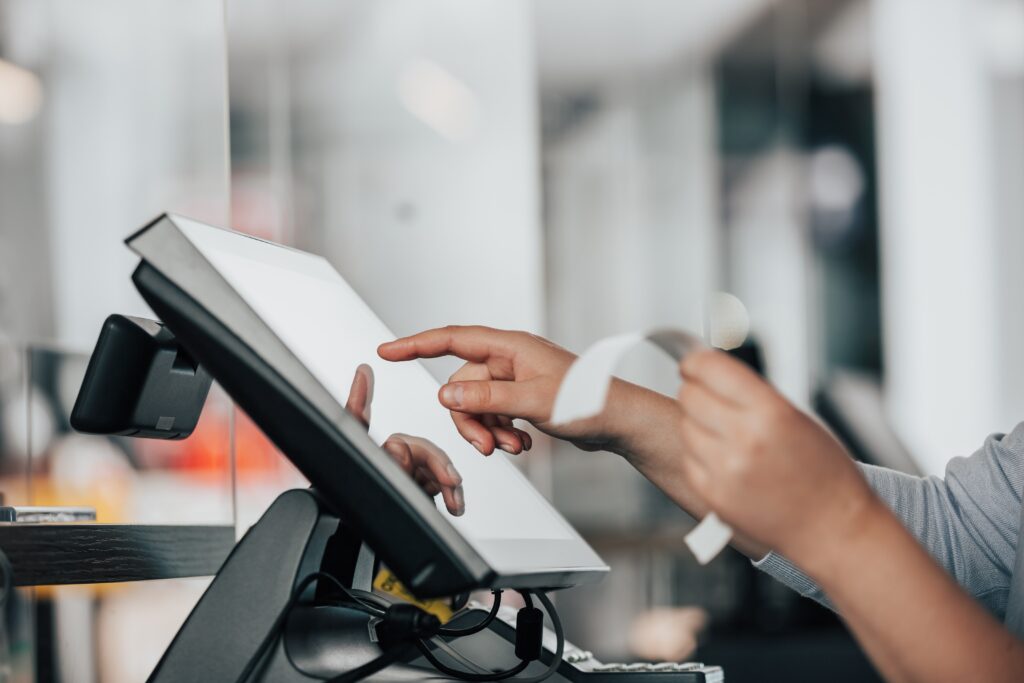
Restaurants are always striving for an optimal inventory level, in order to ensure that they have the necessary food supplies available at all times
However, ensuring an inventory level is easier said than done. In fact, many restaurants struggle to keep their inventory consistent and within acceptable levels. This is especially true during busy periods when orders come in faster than ever before.
jalebi.io’s restaurant management system can help you achieve this goal effortlessly!
jalebi.io’s software helps you track your inventory from farm to table so that you know exactly what ingredients are required to prepare each dish and never run out of anything- no matter how popular your dishes may become!
Plus, our adaptive ordering algorithm dynamically allocates orders among various areas of the kitchen based on current demand, ensuring that every dish gets prepared promptly and with minimal waste.
jalebi.io is a restaurant management system that allows you to track the true cost of food for each order. This insight helps you improve your inventory management and ensure that your restaurants are running at maximum efficiency.
By tracking key metrics such as menu prices, food costs, and sales figures, jalebi.io provides you with accurate information which can help you make better business decisions.
By partnering with jalebi.io, you’ll be able to maintain an optimal inventory level while still enjoying increased profits thanks to decreased costs associated with overstocking or excess inventories. Contact us today for more information!




